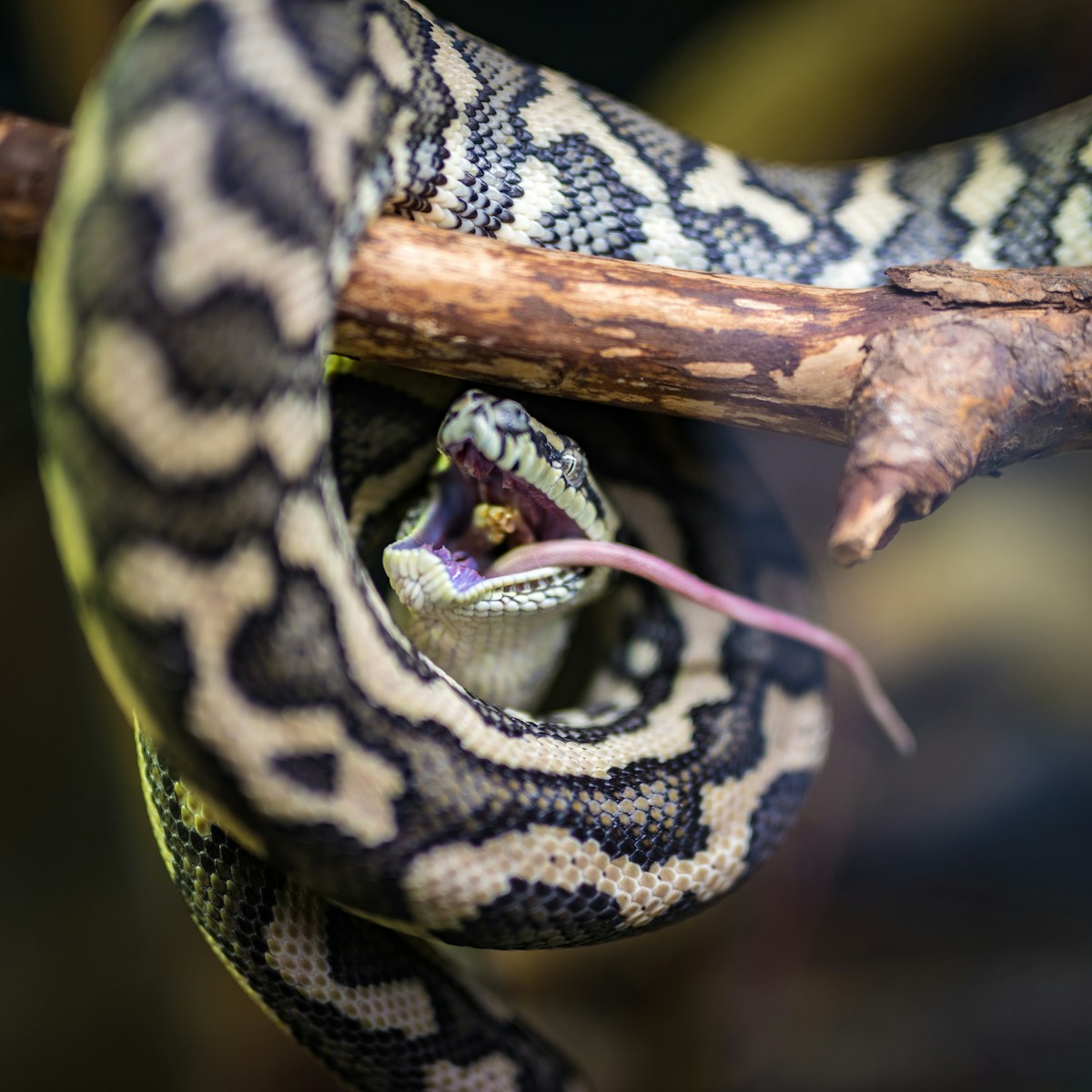The question of whether pet snakes experience loneliness often crosses the minds of current and prospective snake owners. Unlike social mammals such as dogs or cats, snakes have evolved with fundamentally different social needs and behaviors. Understanding the true nature of these fascinating reptiles helps owners provide appropriate care that aligns with their evolutionary programming rather than human social expectations. This article explores the social behaviors of snakes, their psychological needs, and how to provide proper environmental enrichment for these solitary reptiles.
The Natural Social Behavior of Snakes
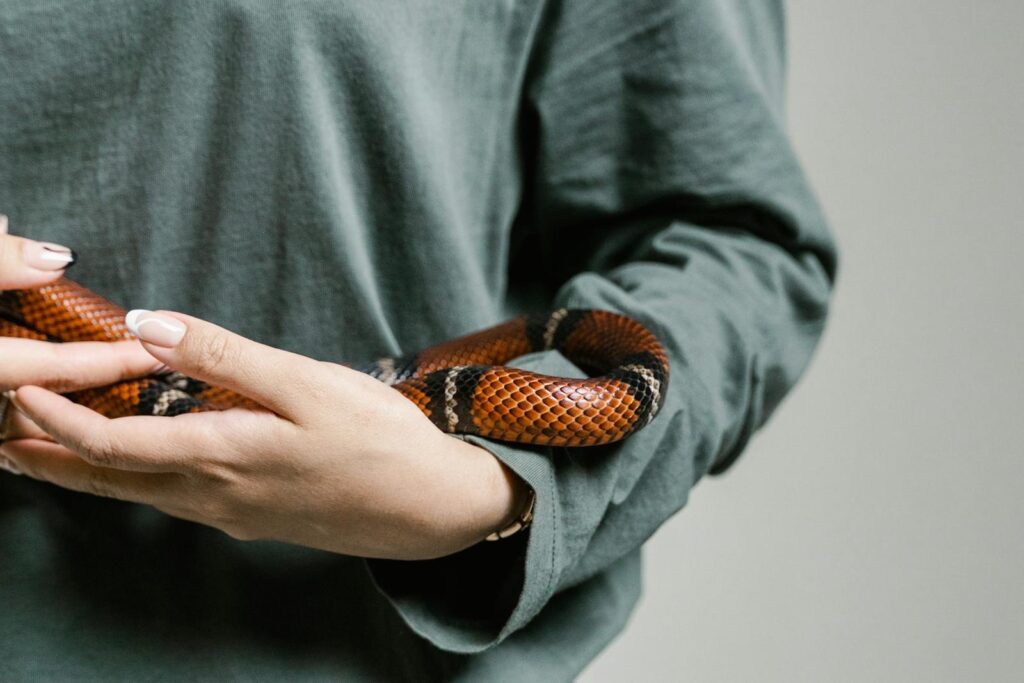
In their natural habitats, most snake species lead predominantly solitary lives. They typically come together only for breeding purposes and otherwise spend their lives hunting, basking, and sheltering alone. This solitary lifestyle is deeply ingrained in their evolutionary development and represents millions of years of adaptation. For example, ball pythons in the wild may occupy the same general territory but maintain individual hunting ranges and rarely interact outside of breeding season. This natural behavior pattern indicates that snakes have not evolved the neural pathways necessary for social bonding or companionship that we observe in mammals and some birds.
Do Snakes Form Social Bonds?

Scientific research suggests that snakes lack the neurological capacity to form emotional attachments or social bonds as we understand them. Their brains are structured differently from mammals, with significantly less development in areas responsible for complex social emotions. While some snake owners report that their pets recognize them or seem to enjoy handling, researchers attribute this more to familiarity, scent recognition, and the snake’s association of the owner with safety or warmth rather than emotional connection. Studies examining snake brain activity show minimal response to social stimuli compared to food-related or environmental stimuli, further supporting the conclusion that they do not form emotional bonds as humans conceptualize them.
Forced Cohabitation Risks
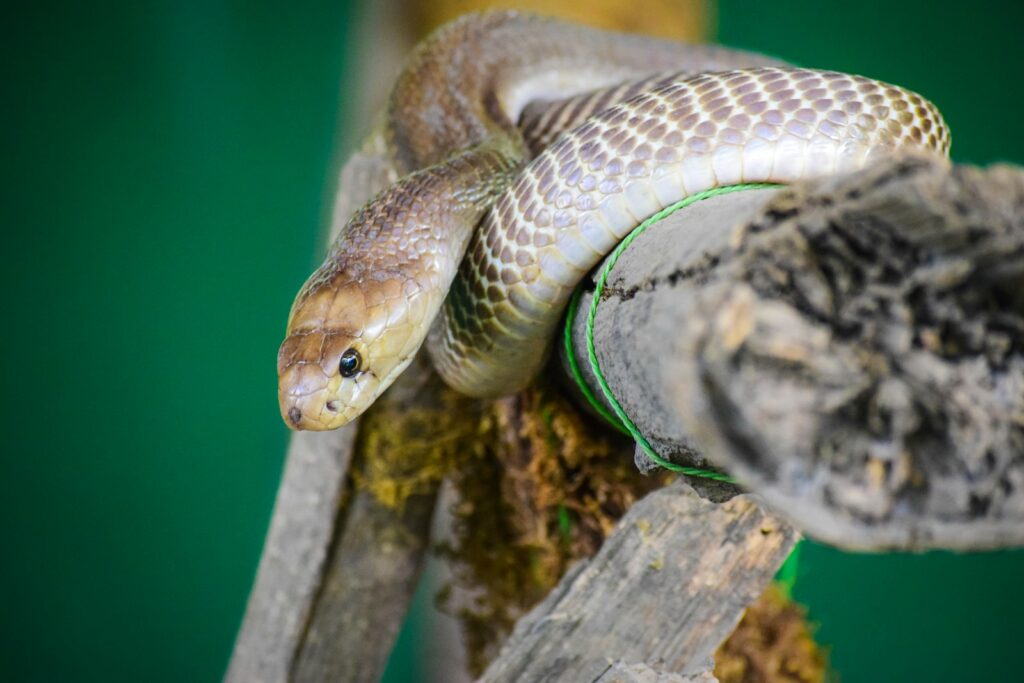
Keeping multiple snakes together in the same enclosure often creates more problems than benefits. Snakes housed together may compete for resources such as preferred basking spots, hides, or food, leading to stress and potential aggression. This competition can result in one snake dominating the other, with the subordinate snake experiencing chronic stress that compromises their immune system and overall health. More dramatically, some snake species are opportunistic cannibals, meaning smaller individuals may become prey for larger tankmates. Even among same-sized snakes, injuries can occur during feeding time when their predatory instincts are triggered, potentially resulting in one snake mistaking the other for prey.
Signs of Stress vs. Loneliness
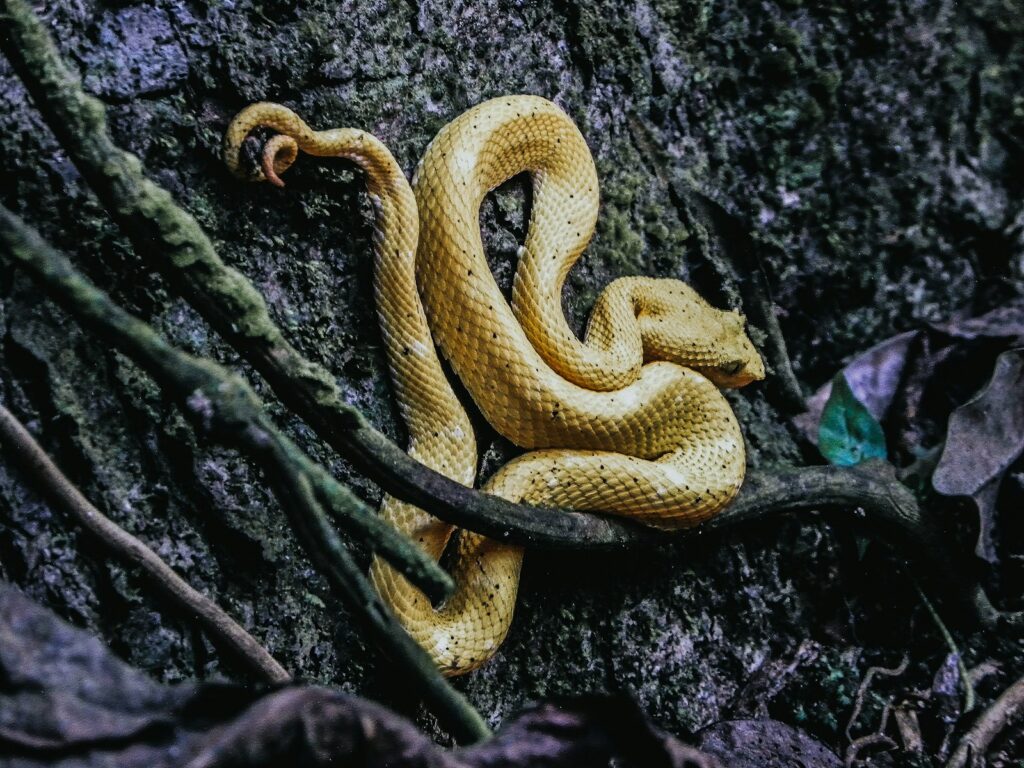
What snake owners might interpret as loneliness is typically stress from other environmental factors. A stressed snake may exhibit behaviors such as decreased appetite, excessive hiding, aggressive defensive postures, or abnormal shedding patterns. These signs don’t indicate loneliness but rather environmental stressors such as incorrect temperature gradients, inappropriate humidity levels, insufficient hiding places, or too frequent handling. Regular glass-surfing (repeatedly sliding along the glass of the enclosure) often indicates that the enclosure is too small or lacks proper enrichment rather than a desire for companionship. Recognizing these stress signals allows owners to address the actual environmental needs rather than misattributing them to social deficiencies.
Exceptions to Solitary Nature
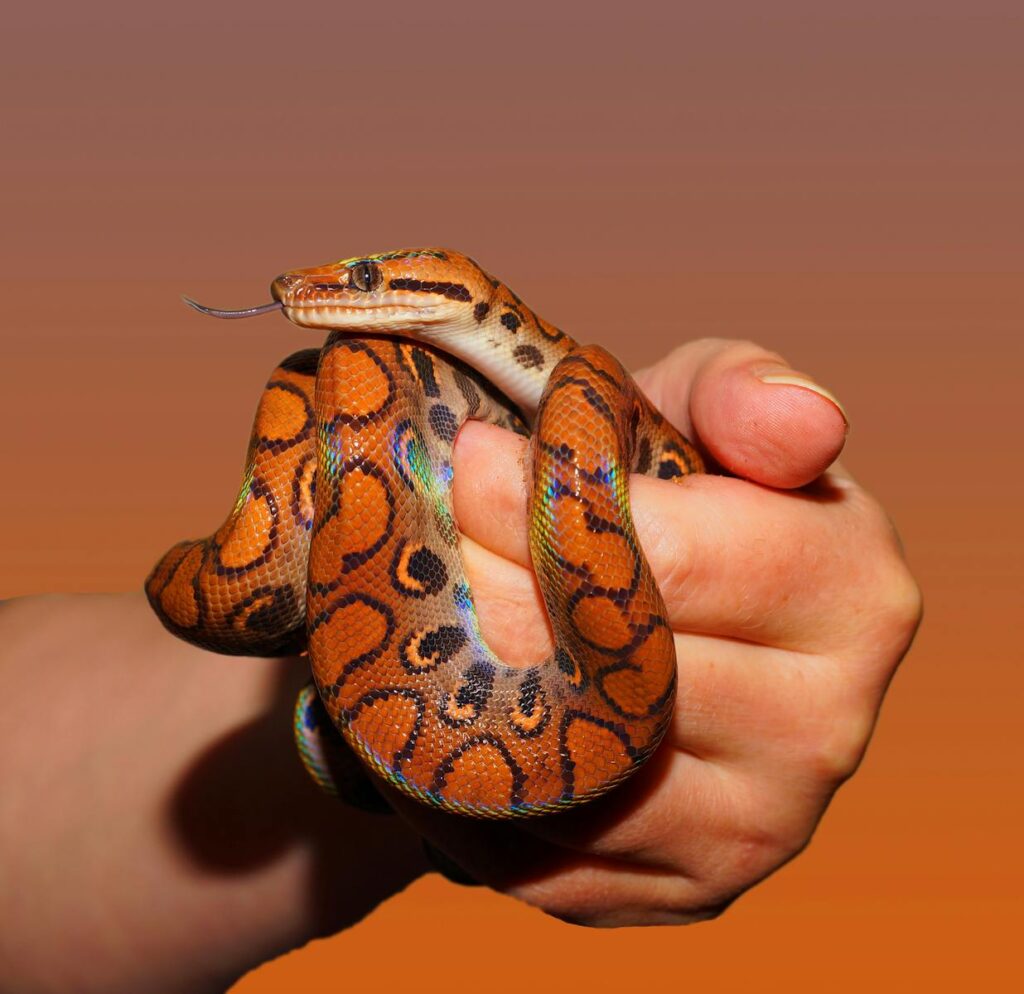
Though most snake species are solitary, there are a few notable exceptions that display some degree of social behavior. Garter snakes, for instance, may hibernate in groups called “hibernacula” to conserve heat during winter months. Research has shown that some garter snakes recognize family members and may preferentially associate with siblings over unrelated snakes. The African egg-eating snake has been observed hunting in loose groups to overwhelm prey. However, even among these more “social” species, the behaviors are typically driven by survival advantages rather than emotional bonding or companionship needs. These exceptions represent specialized adaptations for specific environmental challenges rather than evidence of a desire for social interaction.
Anthropomorphism and Snake Keeping
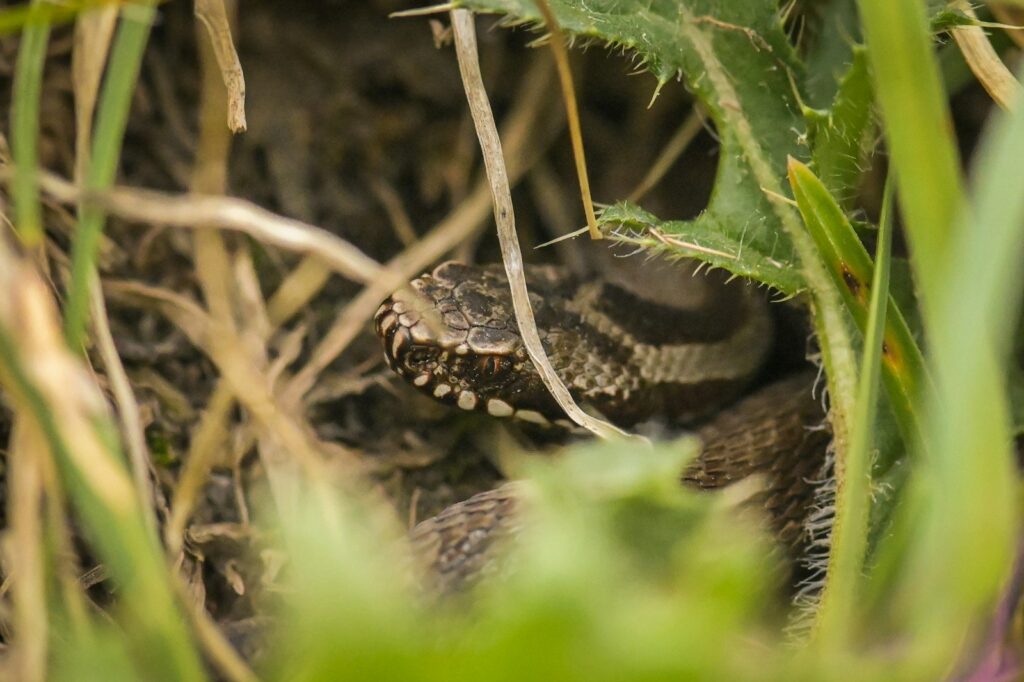
Attributing human emotions like loneliness to snakes represents a common form of anthropomorphism—the tendency to assign human characteristics to non-human animals. This projection of human social needs onto reptiles can lead to well-intentioned but potentially harmful care decisions. As humans, we are inherently social creatures who often suffer negative psychological consequences from isolation, making it difficult for us to imagine contentment in solitude. This bias can lead owners to introduce companion animals when none are needed or to handle their snakes excessively in attempts to provide “companionship.” Understanding and respecting the fundamental differences between human and reptile psychology allows for more appropriate care based on the snake’s actual biological needs rather than our projections.
Environmental Enrichment for Snakes
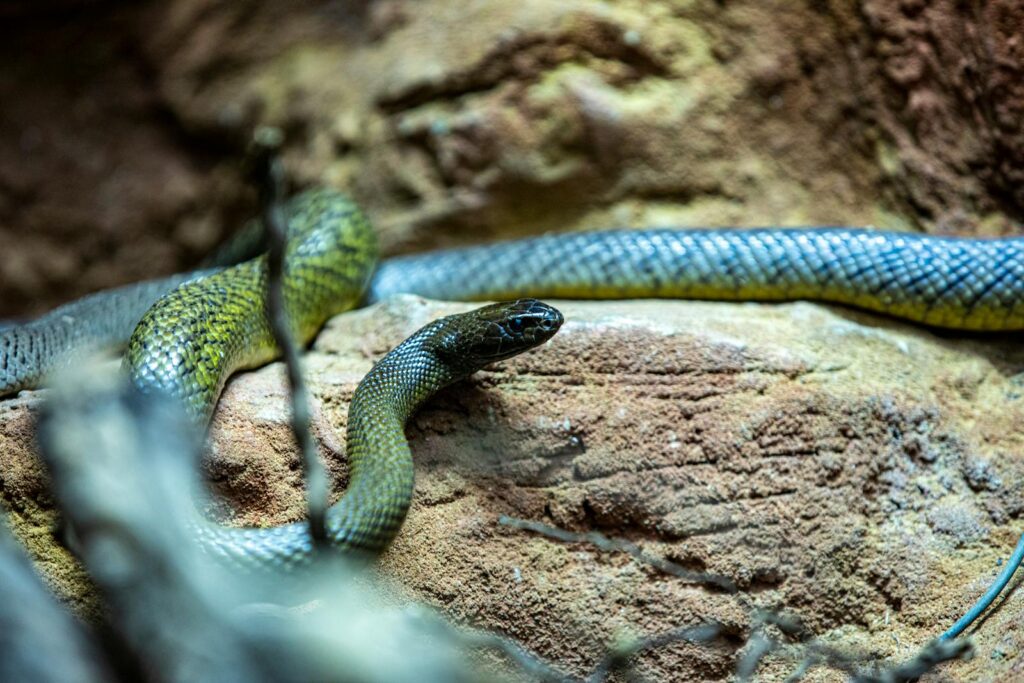
Rather than providing social companions, snake owners should focus on creating stimulating environments that satisfy their reptiles’ natural behaviors. A well-designed enclosure includes multiple hiding spots at different temperature gradients, allowing the snake to thermoregulate while feeling secure. Adding climbing branches for arboreal species or burrowing substrate for terrestrial species enables natural movement patterns. Incorporating different textures, such as cork bark, moss, and rocks, creates a more complex sensory environment. Occasionally rearranging these elements introduces novelty that stimulates exploration. For many species, providing appropriate hunting opportunities through varied feeding methods (hiding food or using feeding tongs to simulate prey movement) engages their predatory instincts in a satisfying way that meets their psychological needs better than any snake companion could.
The Human-Snake Relationship
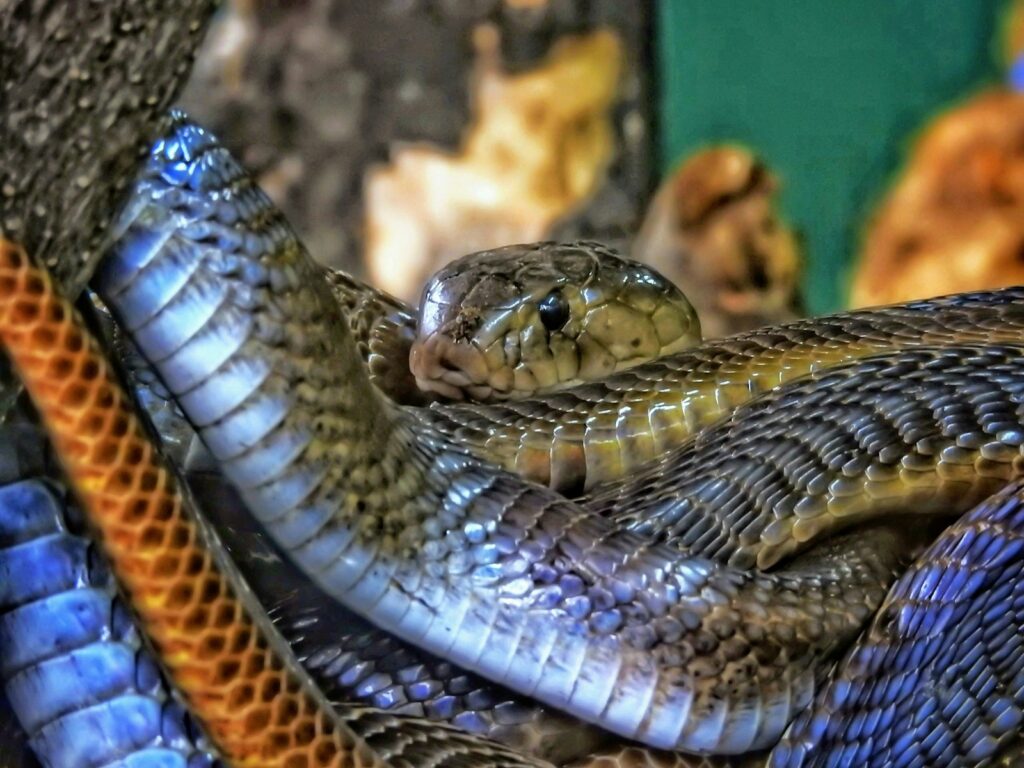
While snakes don’t need companions, they can form a type of relationship with their human caretakers. This relationship isn’t based on emotional attachment but rather on consistent, positive interactions that build trust and reduce stress. Many snakes do recognize their owners through scent and can associate them with neutral or positive experiences. Regular, gentle handling (for species that tolerate it) can help maintain this familiarity, though handling should always prioritize the snake’s comfort level rather than the owner’s desire for interaction. With patience and respect for their natural behaviors, many snake owners develop a mutual understanding with their reptilian pets that, while different from relationships with dogs or cats, offers its own unique satisfaction.
Species Differences in Sociability
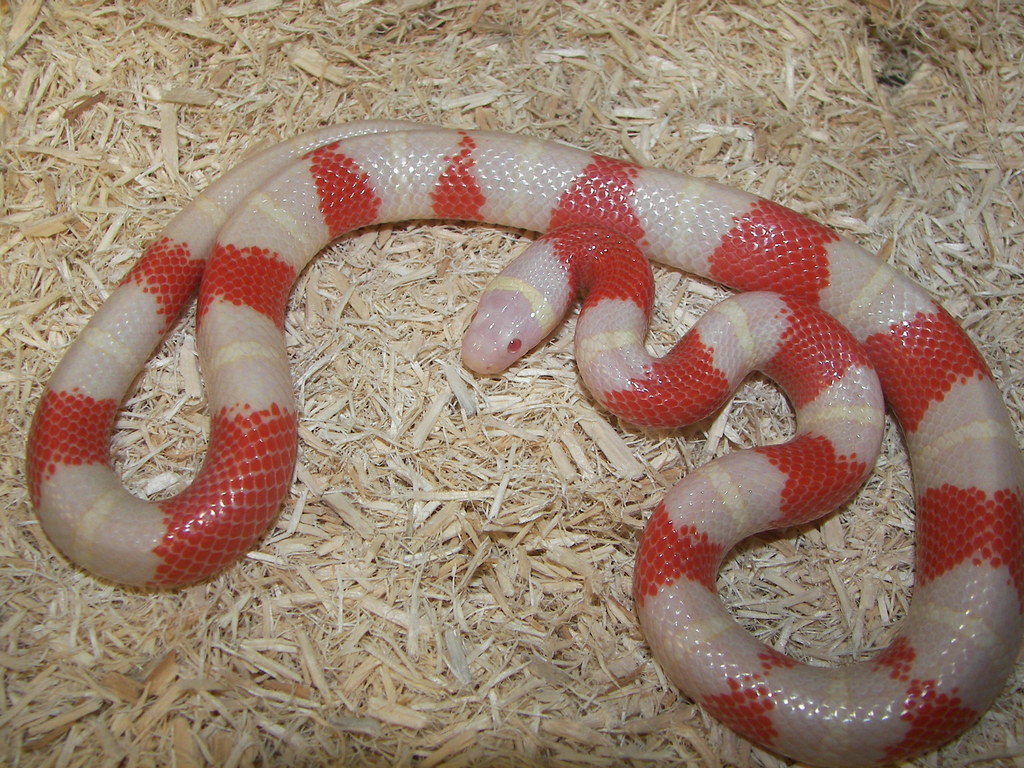
Different snake species exhibit varying tolerance levels for interaction with humans and other snakes. Ball pythons, one of the most popular pet snakes, typically tolerate handling well but still prefer solitary living conditions. Corn snakes similarly adapt to regular handling but show no signs of benefiting from snake companions. In contrast, some species like black mambas or king cobras are known to be highly territorial and should never be housed together under any circumstances. Garter snakes, as previously mentioned, show more tolerance for conspecifics than most other species but still hunt independently. Understanding the specific natural history and behavioral tendencies of your particular snake species is essential for making appropriate housing and handling decisions.
Breeding Considerations
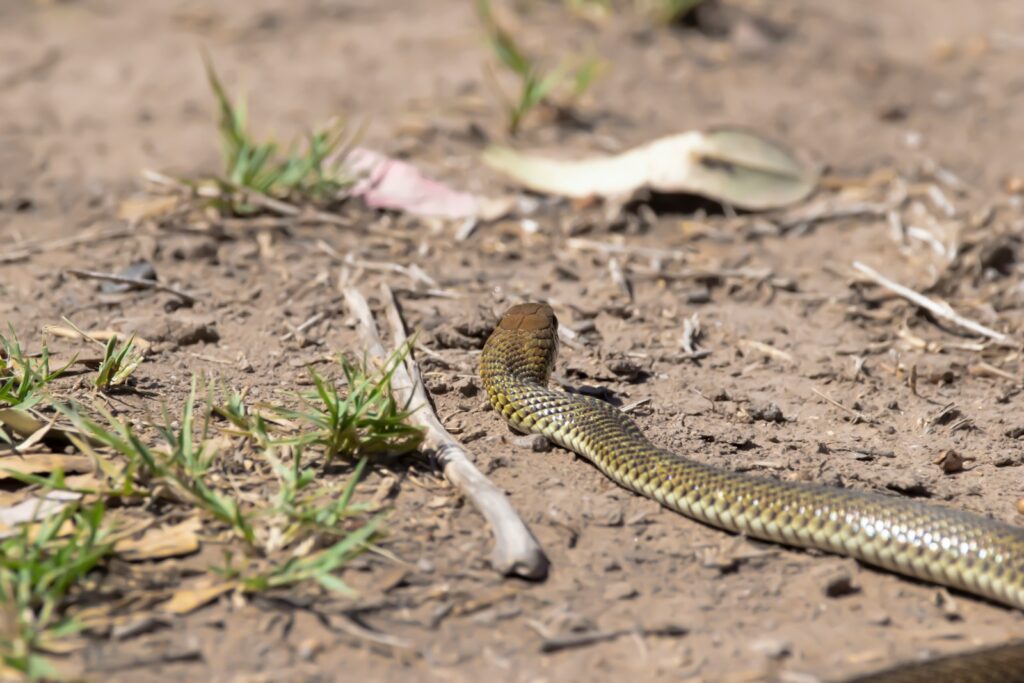
The only time most snake species should be housed together is during carefully managed breeding attempts. Even during breeding season, introductions should be temporary and closely monitored to prevent aggression or stress. Male-male combat occurs in many snake species, including rat snakes and many vipers, when competing for breeding opportunities. Female snakes often display stress behaviors when housed with males outside of their receptive period. After successful mating, the snakes should be separated immediately to prevent stress and potential injury. Breeding projects should only be undertaken by experienced keepers who have thoroughly researched the specific mating behaviors and requirements of their particular species and have prepared appropriate facilities for potential offspring.
What Science Says About Snake Psychology
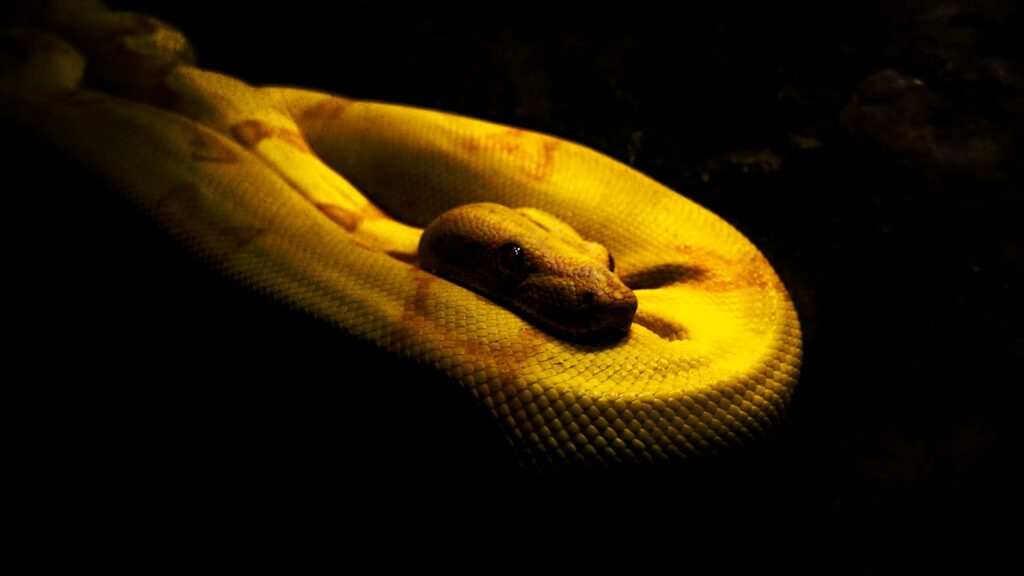
Reptile cognition studies indicate that snakes possess different types of intelligence than social mammals. Their brains have evolved to excel at spatial memory, prey detection, and environmental navigation rather than social interaction. Recent research using brain imaging techniques shows that snakes do not exhibit significant neural activity in response to social stimuli compared to feeding or threat stimuli. Studies examining stress hormones in snakes housed alone versus in groups typically show elevated stress markers in group settings for most species. This growing body of scientific evidence supports the conclusion that snakes are not neurologically equipped to experience loneliness as mammals do and generally thrive better in solitary environments. Their cognitive adaptations are specialized for solitary survival strategies rather than social cooperation or emotional bonding.
Proper Human Interaction with Pet Snakes
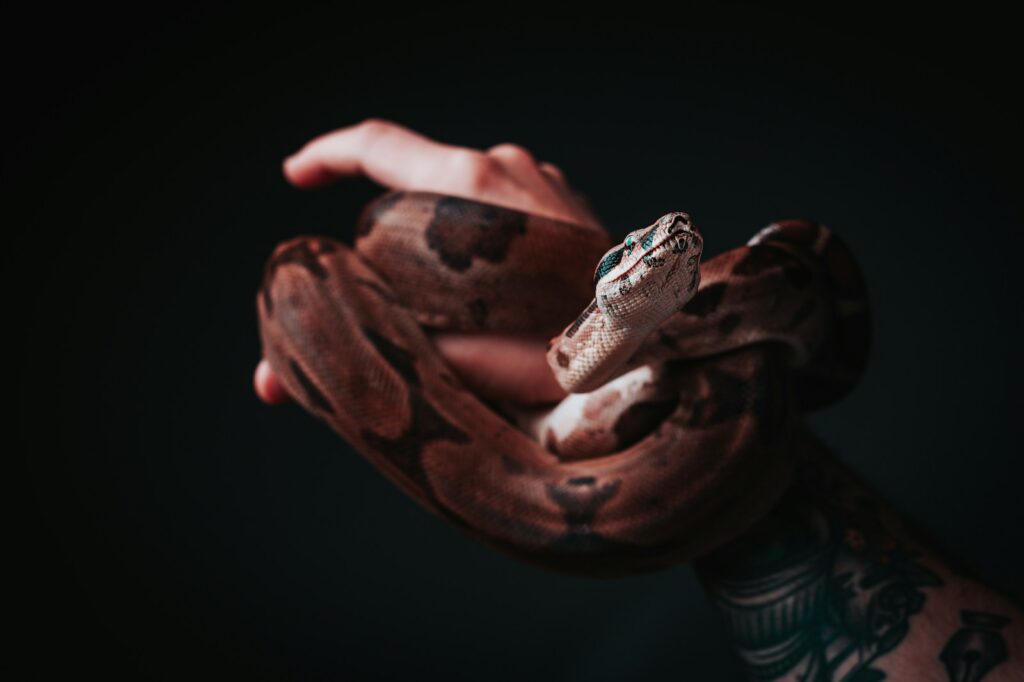
While snakes don’t need companions, appropriate human interaction can be beneficial if done correctly. Handling sessions should be brief, gentle, and conducted when the snake appears alert but calm. Signs that a snake is receptive to handling include relaxed body posture, tongue flicking without defensive positioning, and willing movement onto your hand without recoiling. Always approach from the side rather than above to avoid triggering predator responses, and support the snake’s body properly throughout the handling session. Limit sessions to 10-15 minutes for most species to prevent stress and avoid handling for several days after feeding or during shedding periods. Respecting these boundaries creates positive experiences that can gradually build tolerance for human interaction without causing undue stress.
Conclusion: Respecting Snake Nature

The evidence strongly suggests that pet snakes do not get lonely without companions—in fact, they generally prefer a solitary lifestyle that aligns with their evolutionary history. Rather than projecting human social needs onto these fascinating reptiles, responsible snake owners should focus on creating enriching environments that satisfy their natural behaviors and instincts. By understanding and respecting the unique psychology of snakes, owners can provide care that truly meets their needs: appropriate temperature gradients, secure hiding places, proper nutrition, and environmental complexity. While different from the companionship-based relationships we form with dogs or cats, the connection between a snake and a knowledgeable, respectful owner offers its own rewards through appreciating these remarkable creatures on their own terms.

